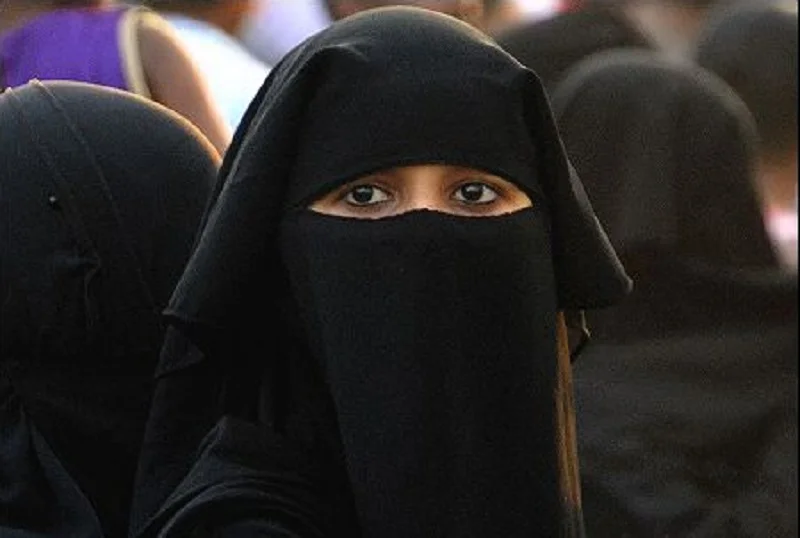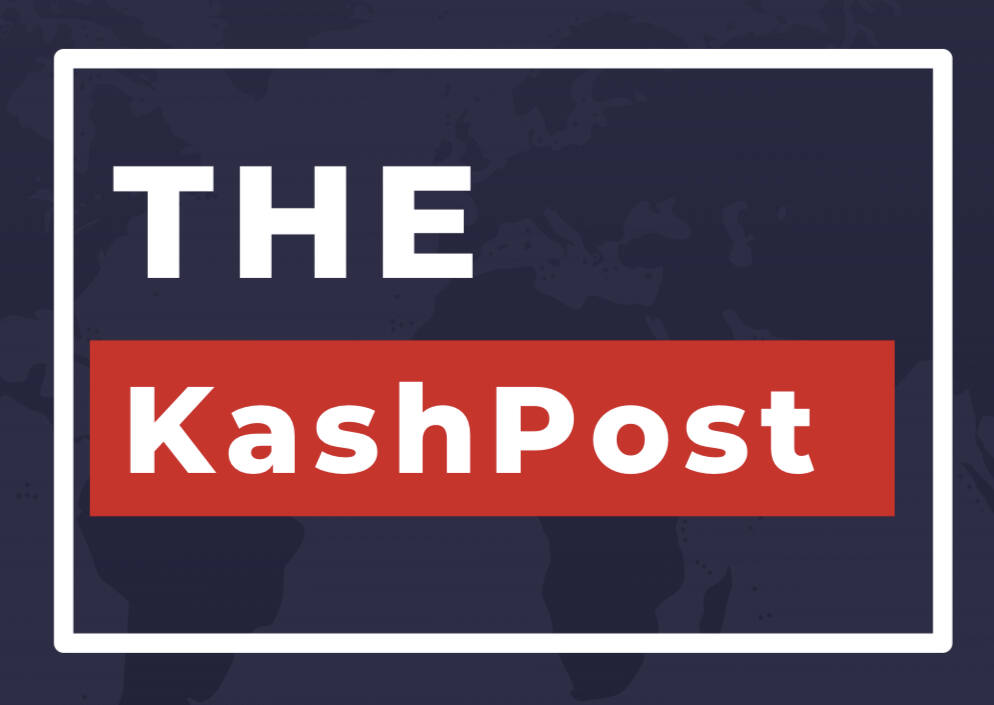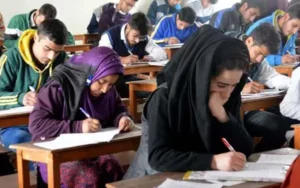Beyond the Cloth: The Real Meaning of Hijab in Kashmir

In Kashmir and beyond, the fight over the hijab isn’t about freedom, it’s about who gets to define it. For many Muslim women, modesty is not a surrender, but a stand.
What does it mean to be free?
In every speech, slogan, and classroom, we’re told freedom means choice. It means living life on your own terms. But when a woman in Kashmir, or anywhere, chooses to wear the hijab, that freedom suddenly becomes a problem.
We see it time and again. In France, the hijab is banned in schools. In parts of India, students are barred from exams or classes for covering their heads. On television panels and social media, the debate rages about “oppression,” “modernity,” and “liberation.” But rarely do we stop to ask: what if the woman wearing the hijab has already made her choice?
In Kashmir, women move through a space filled with both visible and invisible boundaries. We learn early that the world looks at women through a particular lens. The one that tries to define us by what we wear, how we look, how much we reveal. The hijab, in that world, is not a hiding. It’s a message. One that says: I am not here for your approval. I am not here for your gaze.
Still, the pressure to conform to someone else’s idea of freedom is strong. It comes dressed as progress, often in the name of gender rights. But it tells us only one story: that to be free, a woman must shed layers, of fabric, of tradition, of faith. That to be empowered, she must be visible in a certain way, preferably for the world to consume.
This idea isn’t just Western. It has echoes here too. On campus, in markets, in offices, even in our homes. The assumption is often the same: a woman who covers must be forced, submissive, or somehow lacking awareness. The hijab is read not as a personal decision, but as a symbol of backwardness. This thinking forgets one crucial thing. Many of us choose it: freely, thoughtfully, and with full awareness of the world’s opinions.
The hijab is not a contradiction to freedom. It is a form of it.
And yet, public discourse keeps twisting the story. There’s little room for complexity. You’re either “liberated” or “oppressed.” You’re either in line with modern values or you’re resisting progress. There is hardly any space in between. The real lived experience of millions of Muslim women—each with her own reasons, feelings, and beliefs—gets lost in this noise.
In Kashmir, women’s lives are already shaped by layers of control: strife, curbs, gender norms. The choice to wear the hijab within that space becomes even more layered. It can be a reclaiming of control over one’s own body. A decision to step out into a public space without being forced to offer yourself up for evaluation. It’s not an escape from society, but a way of facing it, on your own terms.
Data tells an important story. According to a 2022 Pew survey, the majority of Muslim women in India said they wore the hijab as a matter of personal belief, not community pressure. In Kashmir, where situation has long shaped identity, clothing can be a kind of statement. Not against modernity, but against being constantly told who you’re supposed to be.
We need to ask a simple question. Why does the sight of a woman in a hijab make some people so uncomfortable?
It’s not because she’s hidden. It’s because she refuses to perform. She’s not playing the role the world wants her to. She disrupts the idea that a woman must be constantly seen, judged, and validated. That’s what makes her political, even if she doesn’t intend to be.
This discomfort reveals the hollowness of many freedom narratives. They say they value choice, but only the choices they understand. They say they support women, but only the women who fit into their definitions. They speak of diversity, but get nervous when difference walks into the room and doesn’t ask for permission.
We see this contradiction every time a woman in hijab is told she’s “too visible” to work in public institutions, too “religious” to fit in with secular ideals, or too “covered” to be fashionable. These aren’t rules of liberation. They’re rules of conformity.
And while the debate rages in columns and courtrooms, the women in hijab keep moving. To school, to work, to vote, to live. Most don’t have the time or energy to defend their decisions in public. But every time they step outside, they assert something quietly powerful: I decide.
That’s what makes the hijab political. Not the fabric. Not the shape. But the act of deciding, of choosing it, despite the noise, the mockery, the suspicion. It’s an act of freedom, even if the world refuses to see it that way.
True freedom is not about what you remove. It’s about what you allow. It means creating space for all expressions of identity, even ones you don’t personally choose. It means respecting choice even when it doesn’t match your definition of progress.
So the next time you see a woman in hijab walking through Lal Chowk or on a university campus in Delhi, don’t assume she’s hiding. Maybe she’s more visible than ever. And maybe her visibility doesn’t depend on being seen the way you want her to be.Because she’s not there for your gaze. She’s there for herself.
Note This Article Wrote By Malik Daniyal – And First public By Kashmir Based daily Newspaper Namely Kashmir Observer





